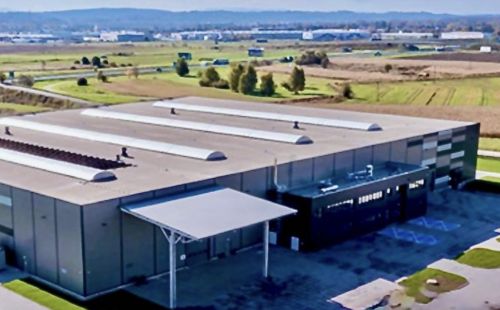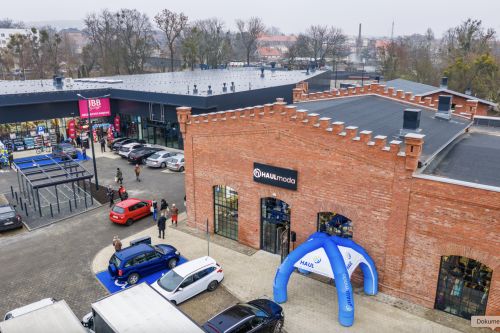Even though the European Bank for Reconstruction and Development has been providing finance for real estate projects since 2001, it wasn’t until recently that the bank emerged as the go-to partner for troubled developers. Sylvia Gansser-Potts, director of the EBRD’s property and tourism division, explains to ‘Eurobuild CEE’ what has changed over the last 18 months and why not everyone is getting a slice of the cake Mladen Petrov, ‘Eurobuild CEE’: Journalists covering real estate and finance these days are tending to make the same observation: that the EBRD has emerged as an important player on the market. As press releases about new loans keep coming in, one wonders what has changed and why has the bank become so active now?Sylvia Gansser-Potts, Director Property and Tourism Division EBRD: As a team we have committed about EUR 2 bln so far since 2001. On an annual ba






























































